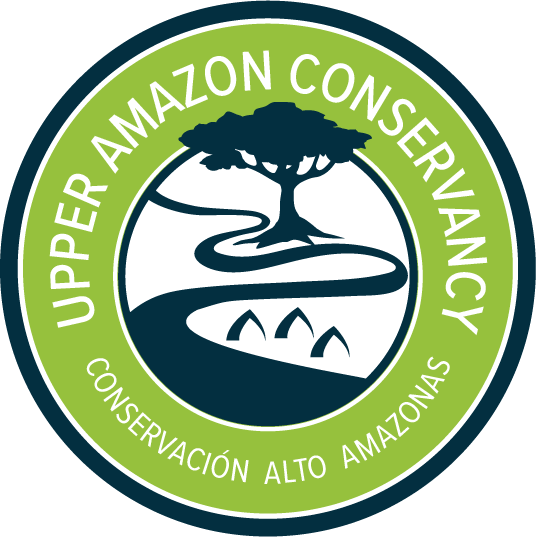Empowered Indigenous Tribes and Effective Protected Areas
Our vision for the Purús—Manu Landscape includes truly effective protected areas where the isolated tribes are able to continue their lifestyle in voluntary isolation for as long as they choose. In this vision, local communities are actively engaged in conservation efforts and earning income through the sustainable use of their resources. We envision a better-educated, healthier, and more skilled local population with renewed pride in their diverse cultures, and the confidence and capability to assume their rightful role as stewards of one of the most remarkable places left on Earth.
We are working to achieve this vision through several multifaceted strategies.
Indigenous Stewardship
Effective protected areas depend to a great extent on whether adjacent “gateway” communities are effective stewards of their own lands. Through our forest guardians program, we have developed 17 community vigilance committees on six rivers. Nearly 100 indigenous men and women are equipped, trained, and conducting river patrols to monitor illegal activities, endangered species, and evidence of isolated tribes in remote areas that otherwise wouldn’t be monitored.
Example: Our Gateway Community Initiative focuses on building Indigenous Stewardship in the most remote but strategically located communities in the upper Amazon.
Sustainable Livelihoods
Remote communities need alternatives to destructive land use like logging, ranching, and commercial agriculture. Our projects that promote both sustainable and profitable use of resources include management plans for the commercialization of fish in community lakes, and harvesting mahogany seeds for reforestation projects and timber resins for medicinal products.
Example: Community lake management plan the first of its kind in the Alto Purús region
Indigenous Land Titling
UAC has provided funding and led several community land titling efforts. In 2015, we helped deliver title to the Asháninka community of Saweto, the first indigenous community to be titled in the department of Ucayali in the previous decade. We help the tribes most deserving of title to their traditional homelands, regardless of factors that complicate the process such as overlapping forestry concessions.
Example: Three Asháninka communities in the Yurúa River region receive title to lands
Protected Areas
We have worked closely with the Peru’s National Service of Natural Protected Areas (SERNANP) and the Ministry of Culture to engage local people in monitoring access routes and buffer zones of protected areas like the Alto Purús National Park and the Murunahua Indigenous Reserve for isolated tribes. We provide field equipment, host guard trainings, and facilitate aerial and river patrols to investigate illegal activities and monitor populations of endangered flora and fauna. We also work with partners to develop PA management and protection plans, and to establish new, indigenous-managed protected areas.
Example: New Yurua Conservation Concession protects 112,850 acres for local tribes.
Raising Awareness
Through our education and awareness campaigns, we are generating international attention for the struggles of Peru’s indigenous tribes, especially the most marginalized isolated tribes and those tribes in initial contact. Successful campaigns have covered illegal mahogany logging, indigenous opposition to a proposed highway, and the ongoing invasion of coca farmers to indigenous lands and protected areas.
Example: In October 2019, our investigation of land invasions was published in the English and Spanish versions on the global environmental news site, Mongabay.





